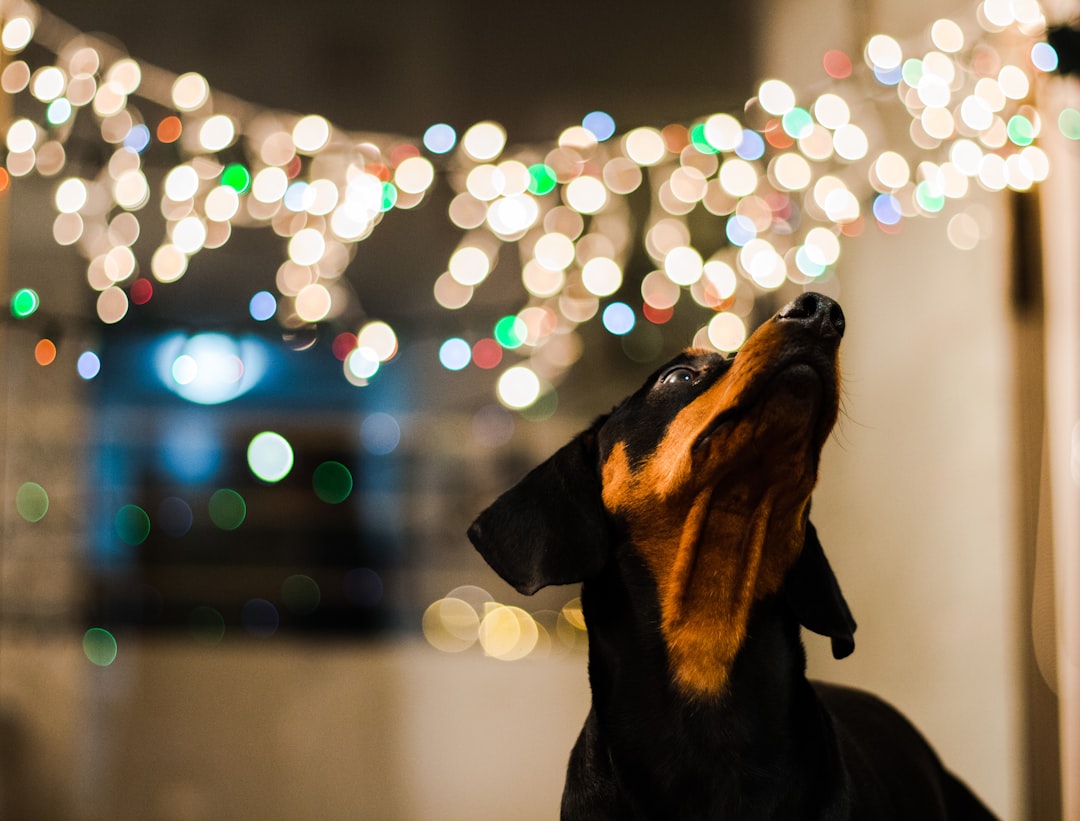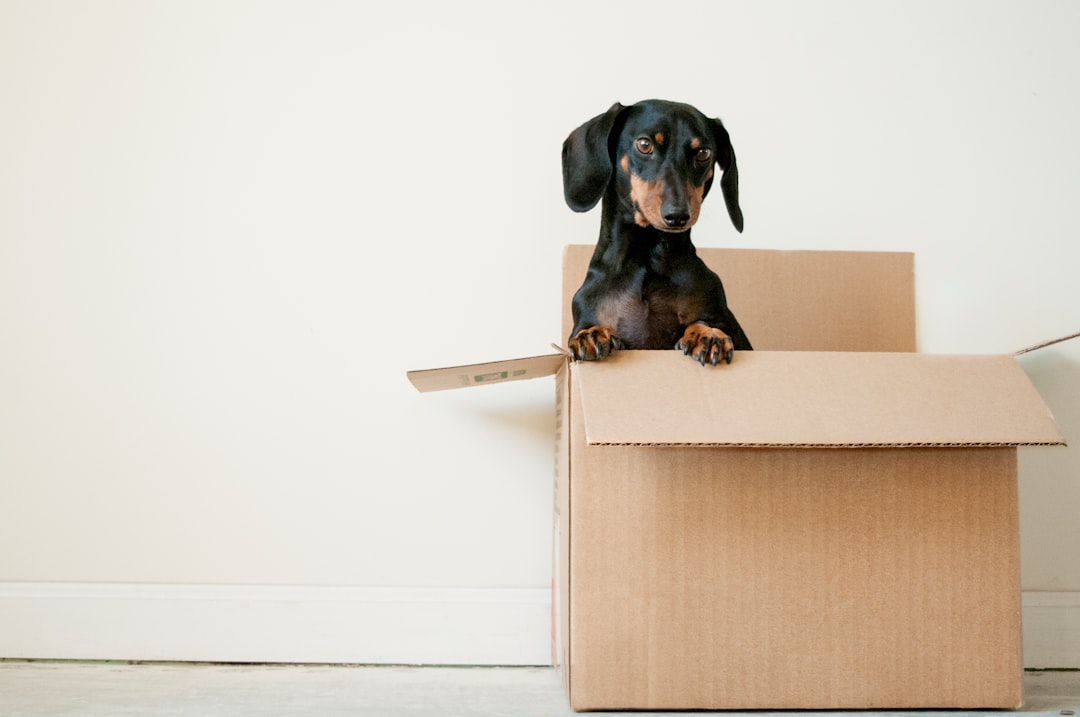If you’ve ever met a Black and Tan Coonhound, you know they strut around like they own the place—probably because they think they do! With a nose for adventure and a propensity to sniff out trouble, these hounds will have you questioning whether you adopted a dog or a mischievous detective. But don’t let their sleuthing skills fool you; they come with a unique set of traits and care needs that might make you laugh and scratch your head at the same time. Buckle up, because your journey into the world of the Black and Tan Coonhound starts now!
Physical Characteristics of the Black and Tan Coonhound
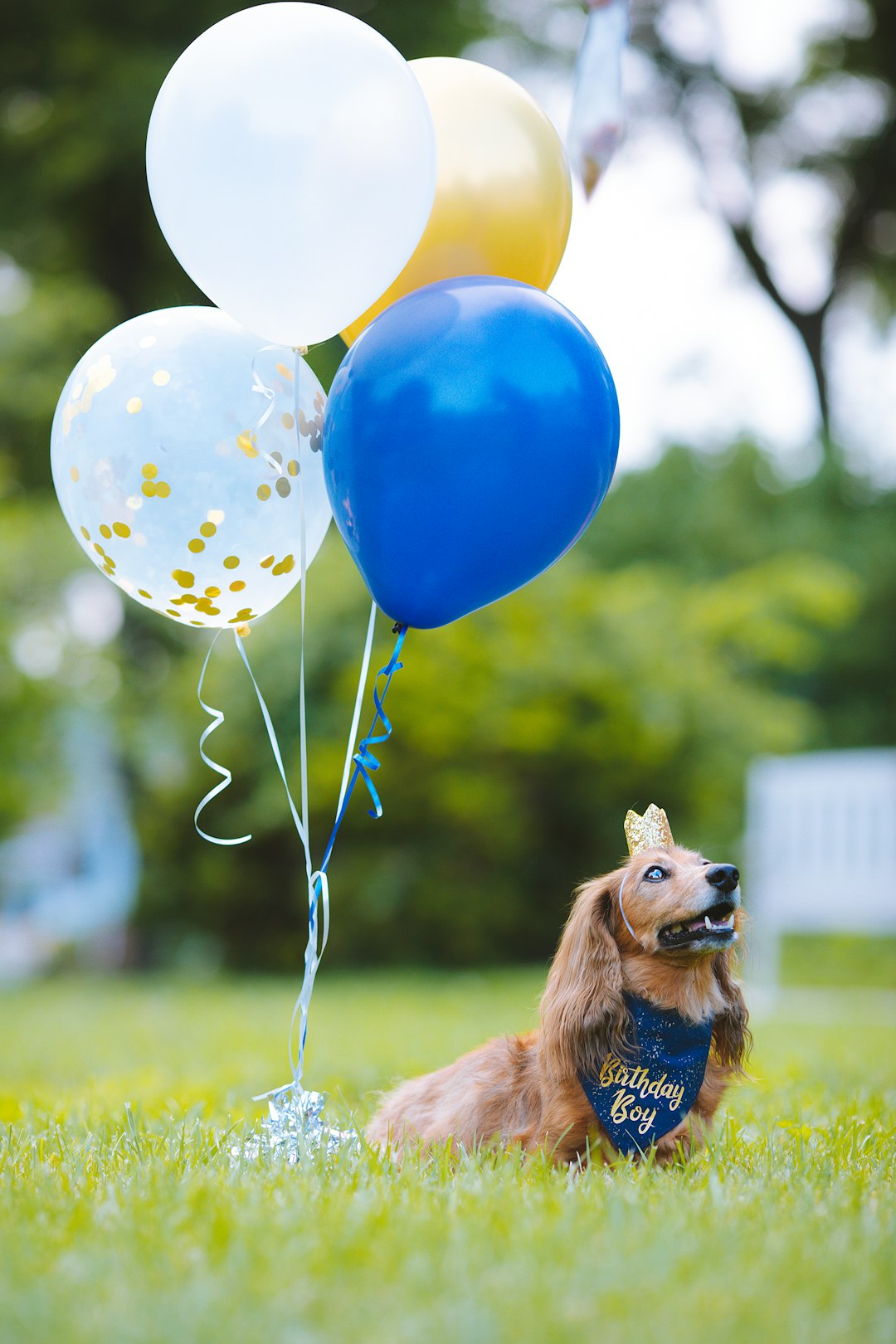
The Black and Tan Coonhound isn’t just a catchy name—this pooch flaunts a striking look that makes it hard to miss at the dog park. Picture this:
- Color: As the name suggests, a stunning combination of black and tan, like a well-baked cookie fresh out of the oven.
- Size: These guys are medium to large, generally tipping the scales at 65 to 100 pounds. Yep, they’re like the gentle giant of the hound world!
- Ears: Their ears are long and floppy, perfect for catching all the gossip at the doggy café.
- Eyes: Deep-set, soulful eyes that can melt even the hardest of hearts—seriously, they’re like the canine version of puppy dog eyes.
- Build: Muscular yet elegant, they have the kind of physique that screams, “I’m ready to chase down a raccoon (or at least a tennis ball).”
In short, when you see a Black and Tan Coonhound, you see a dog that’s all about versatility and charm—ready to hunt or lounge luxuriously on your couch. How’s that for a winning combination?
Temperament and Behavior Traits
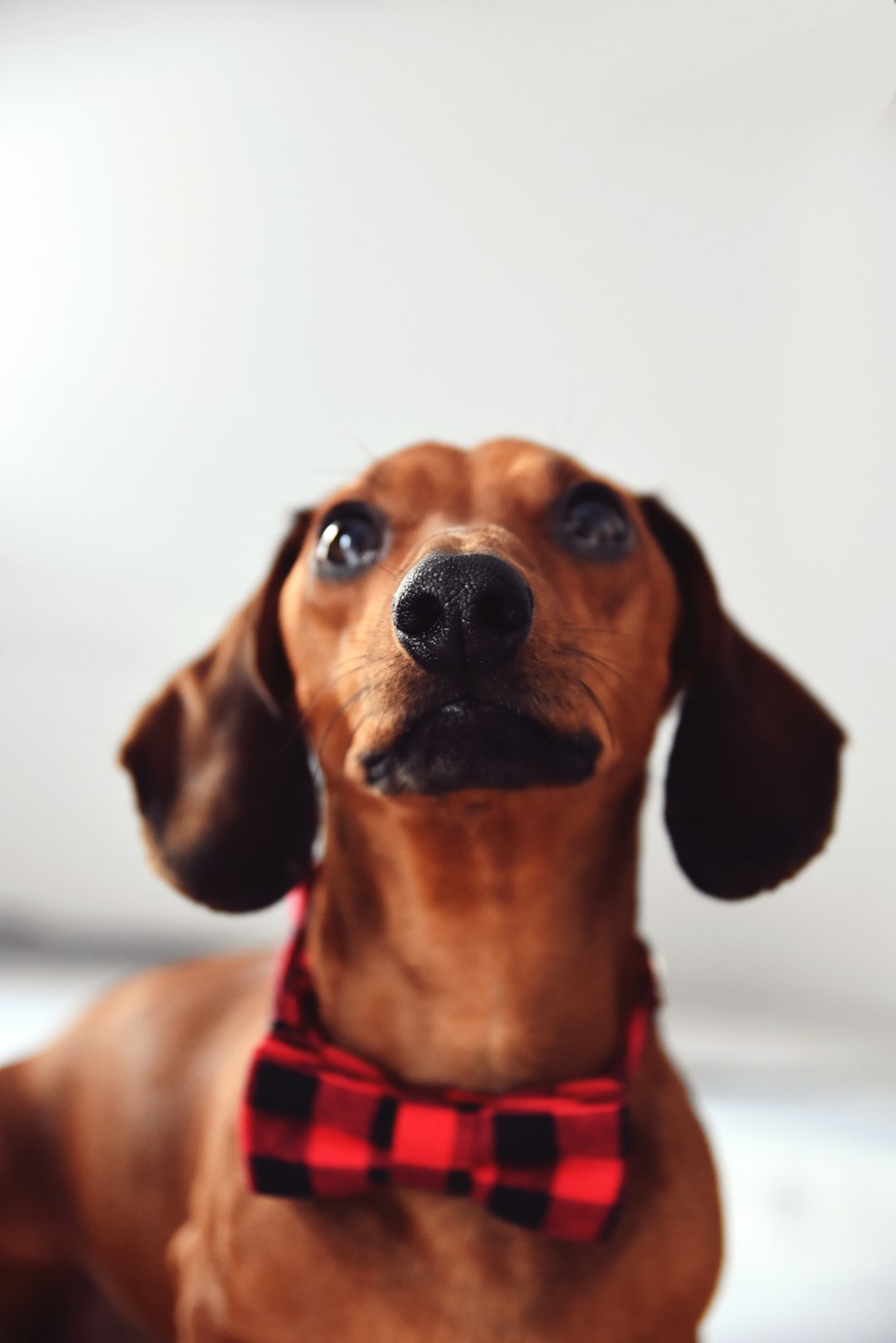
Ah, the Black and Tan Coonhound! Known for being the dog equivalent of your charming, quirky uncle who shows up at family parties with bizarre jokes and delicious snacks. Here’s what to expect when sharing your life with a Black and Tan Coonhound:
- Friendly and Outgoing: These hounds boast a friendliness that can fill a room (or maybe even an entire dog park)! They’re like the life of the party, always ready to greet another canine or human with a wagging tail.
- Curious Surfers: If you leave a snack unattended, you’ve got a little Sherlock Holmes on your hands. Black and Tan Coonhounds are notorious for their curiosity and tendency to stick their snouts into everything, including your grocery bags.
- Chill Vibes: While they’re energetic when on the hunt, they love to kick back and enjoy a good nap—preferably on your couch.
| Trait | Description |
|---|---|
| Affectionate | Thrives on love and pets |
| Mildly Independent | Can be stubborn; might not always listen |
| Good with Kids | Kid-friendly companions, playful and gentle |
In short, the Black and Tan Coonhound offers a delightful blend of mischief and affection—perfect for the family with a sense of humor!
History and Origin of the Breed
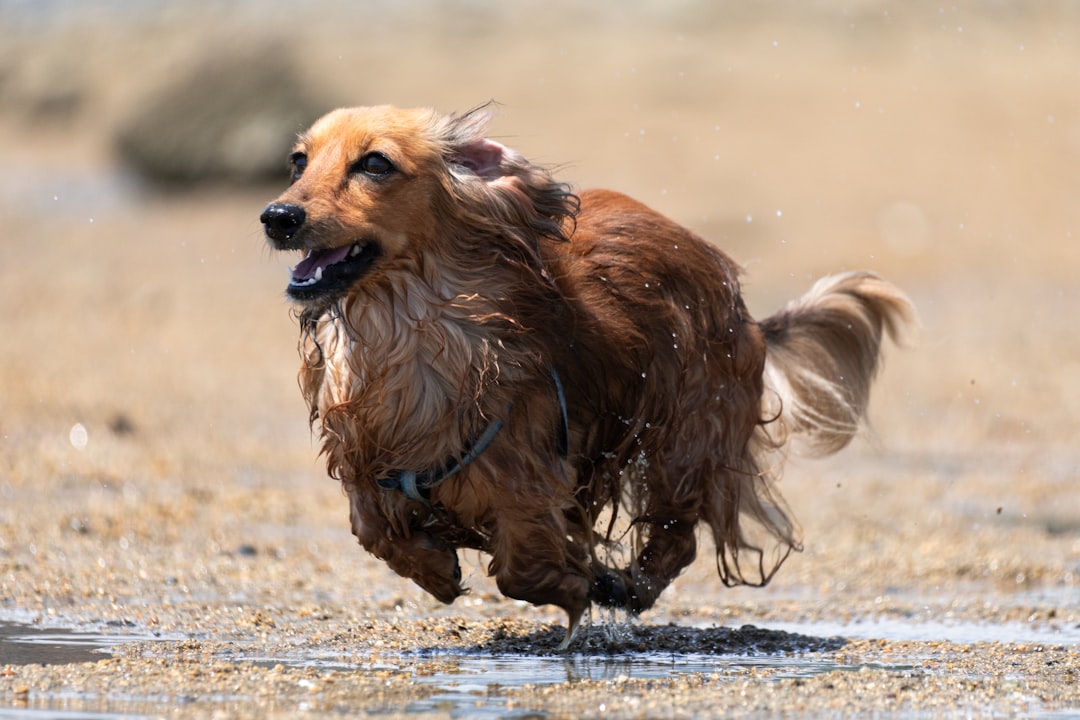
Ah, the intriguing backstory of the Black and Tan Coonhound! Picture this: it’s the 1700s, and our four-legged friends are living it up in the thriving forests of the American South. These furry hunters descended primarily from English hounds and were bred specifically for raccoon hunting. Yes, folks, this breed is basically the raccoon’s worst nightmare!
Here’s a little breakdown of their historical journey:
- Origin: Initially bred for tracking game, the Black and Tan Coonhound boasts a unique lineage that combines the skills of various English hounds and Bloodhounds.
- Purpose: Their specialized snootiness made them excellent at trailing scent. That’s right, while you’re struggling to track down your remote, they’re on the trail of that devious raccoon!
- Recognition: The American Kennel Club officially recognized the Black and Tan Coonhound in 1945. Talk about a late bloomer in the dog show scene!
So, next time you see a Black and Tan Coonhound, just remember they come from a lineage of elite raccoon-hunting royalty! 🦝
Exercise and Activity Requirements
If you’re thinking about bringing a Black and Tan Coonhound into your home, get ready to lace up your running shoes—or perhaps equip yourself with a lovely pair of hiking boots! This breed’s exercise and activity needs can make even the most ambitious of couch potatoes reconsider their life choices.
Here’s what you need for your active buddy:
- Daily Walks: Aim for at least 60-90 minutes of brisk walking. These guys love to explore every scent along the way—like detectives, but furrier!
- Fetch and Playtime: This isn’t just about fetching the ball; it’s about becoming the ultimate fetch-master. Use a tennis ball or a squeaky toy to keep your Black and Tan Coonhound entertained.
- Agility Exercises: Set up a mini obstacle course in your backyard! They’ll love jumping, dodging, and maybe even being the next canine Olympic champion.
- Socialization: Bring your hound to the dog park often. Coonhounds are super social and thrive on interaction. Plus, watching them try to make canine friends is comedic gold!
Remember, a tired Black and Tan Coonhound is a happy one. Keep them engaged, and they’ll return the favor with unconditional love and maybe a giant drool puddle.
Grooming and Maintenance Needs
Grooming a Black and Tan Coonhound can feel like a full-time job, but fear not! Their short, sleek coat makes things a bit easier—most of the time. Here’s what you need to know, or at least pretend to know:
- Shedding Season: Get ready for a mini tumbleweed festival! These pups shed moderately year-round and heavily twice a year. Equip yourself with a high-quality vacuum and a lint roller to keep your couch “fur-free.”
- Bathing: Only bathe them when they absolutely stink—think skunk-level odor. Overbathing can strip their natural oils. Aim for every few months, or whenever your friends start avoiding your house.
- Nail Trimming: Keep those claws in check! Trim them every 3-4 weeks. If you hear your Black and Tan Coonhound tap dancing all over the kitchen floor, it’s time for a trim!
- Ear Care: Their floppy ears are adorable but prone to infections. Check and clean them regularly—your pup will thank you for not becoming a walking earwax commercial.
In short, minimal fuss equals maximum love when it comes to grooming your Black and Tan Coonhound! Keep them clean, sniff-free, and rocking that fabulous look. 🐾
Health Issues Common to Black and Tan Coonhounds
Ah, the Black and Tan Coonhound! Not just a handsome face with those droopy ears, but they come with a few health quirks too. If you’re lucky enough to adopt one of these majestic hounds, keep an eye out for the following health issues:
- Hip Dysplasia: Let’s face it, even hounds can get the “bad hip” blues. This genetic condition can make them a bit creaky with age.
- Ear Infections: Those floppy ears are adorable, but they can trap moisture and attention-seeking dirt, leading to infections. Regular ear cleaning is a must!
- Obesity: With their love for lounging around (we see you, sofa potato!) and tasty treats, watch out! A hefty Coonhound isn’t a happy one.
| Issue | Prevention Tips |
|---|---|
| Hip Dysplasia | Maintain a healthy weight; vet checks |
| Ear Infections | Regular cleaning; dry ears thoroughly |
| Obesity | Balanced diet; regular exercise |
So, if you want your Black and Tan Coonhound bouncing about like a squirrel on caffeine, be proactive with their health. A little loving care goes a long way!
Best Living Conditions for Black and Tan Coonhounds
When it comes to giving a warm welcome to your furry friend, the Black and Tan Coonhound needs some special attention! Are you ready? Let’s dive into their ideal living conditions to keep them happy and howling with delight.
Key Considerations:
- Space to Roam: Black and Tan Coonhounds love to spread their legs! A medium to large home with an enclosed yard is perfect for their daily zoomies. Bonus points if that yard has trees and bushes to play hide and seek!
- Climate Control: They prefer a comfortable temperature. Whether it’s chilly or warm, make sure they have a cozy spot indoors to curl up after their adventures.
- Socialization Security: This breed loves being around their humans! It’s essential for a Black and Tan Coonhound to enjoy social interaction, so keep that couch available for snuggles!
- Exercise Access: A nearby park or hiking path adds excitement to their day! Ensure they have easy access to places where they can sniff around and burn off that endless energy.
In summary, the Black and Tan Coonhound thrives in a space that offers room, comfort, and companionship. Set them up for success, and they’ll be your loyal hunting buddy for life!
Best Living Conditions for Black and Tan Coonhounds
When it comes to providing the best living conditions for your Black and Tan Coonhound, you want to ensure they’re happier than a dog with two tails! Here’s how to make their abode a paradise:
- Space to Roam: These pups love to stretch their legs. A backyard would be their version of Disneyland! However, make sure it’s securely fenced; they could uproot the neighborhood with their scent-tracking skills.
- Comfortable Sleeping Quarters: Invest in a cozy bed. Think fluffy cloud instead of the hard floor. Remember, your Black and Tan Coonhound might think they’re royalty—sleeping in style is a must!
- Interaction Zone: Coonhounds are social butterflies! Set up a space for playdates with humans and fellow dogs. Think of it as their social media—the more friends, the better!
- Accessibility to Nature: Frequent strolls in green parks keep them mentally stimulated. Your local park is their “playground,” so let them explore!
In conclusion, a mix of space, comfort, and socialization creates the perfect home for your Black and Tan Coonhound. They’ll thank you… with slobbery kisses and tail wags!
Frequently Asked Questions
What makes the Black and Tan Coonhound so unique?
The Black and Tan Coonhound is like that friend who shows up to the party dressed like a rock star but still knows how to fetch your drink! This breed is famous for its stunning black and tan coat, massive ears that would make a floppy-eared bunny jealous, and a nose that can sniff out a crumb from three counties away. As a scent hound, they are excellent at tracking scents, making them the Sherlock Holmes of the canine world. Plus, their goofy and lovable personality guarantees they’ll be the ‘paw-sitive’ highlight of your day!
Do Black and Tan Coonhounds shed a lot?
Ah, the perennial question of dog ownership: shedding! If you opt for a Black and Tan Coonhound, be prepared to share your home with a sprinkle of ’hound glitter’—also known as fur! These majestic beasts do shed, especially during seasonal changes, as if they are trying to redecorate your living room with their fabulous hair. Regular grooming helps to manage the fluff, but let’s be real—expect your couch to be an art installation featuring the latest in Coonhound fur design.
How much exercise do Black and Tan Coonhounds need?
Black and Tan Coonhounds believe that lying around all day is a myth propagated by cats (who secretly just want to rule the world). These hounds are full of energy and require at least 60-90 minutes of exercise daily to keep from turning into couch potatoes. Think of it as a daily cardio session where they can sniff, run, and perhaps investigate every leaf that blows by. So grab that leash and prepare for an adventure; just remember, it’s their world, and you’re merely a sidekick!
Are Black and Tan Coonhounds good family dogs?
You bet your biscuits they are! Black and Tan Coonhounds are like the gentle giants of the dog world—they’re super affectionate, social, and generally good-natured, making them fantastic companions for families. They might just knock the kids over with their playful antics or try to befriend every guest—can you say ‘party animal’? Just keep an eye on them, as their explorer genes mean that an adventure could lead to a slightly slobber-covered pillow fight. But rest assured, they’ll love your family almost as much as they love their next big scent!


